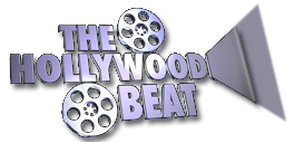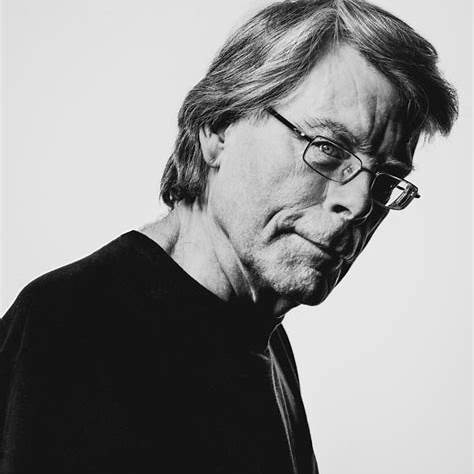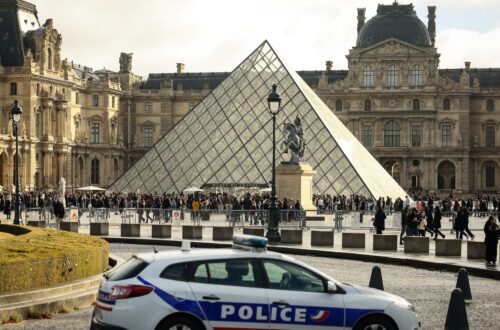Stephen King’s name now appears more often than any other on book-ban rosters across public and school libraries in the United States. His works—ranging from Carrie and It to The Stand and Cujo—are being pulled, challenged, or restricted at a greater rate than nearly any of his peers. In recent years, multiple states have posted dozens of King titles under review, removed from shelves, or reclassified so that students require permission to access them.
Particularly in school districts in Florida, Texas, and Tennessee, educators and librarians report that King’s novels are frequently censored, under pretext of content concerns tied to violence, language, sexuality, or what some officials deem “adult themes.” In Florida alone, more than 50 different King books have been banned or are under review across several districts. Some book titles have been flagged in multiple counties, meaning a single King novel may be prohibited in one district and allowed in another just miles away.
King himself has bristled at the bans, sometimes responding online with pointed remarks. He has noted that pulling his books is often a symbolic gesture, meant to signal stricter content control rather than a principled defense of youth. In one instance, when 23 of his titles were banned in Florida schools, he penned a terse reaction: “Florida has banned 23 of my books. What the f***?” His comment echoed through literary circles and media outlets, underscoring how censorship battles have become part of his public identity.
Critics of the bans argue that targeting King’s work—often categorized as “horror” or “speculative fiction”—misses the broader cultural stakes. They point out that his novels frequently explore themes of power, fear, identity, and moral ambiguity, raising questions that belong in literary conversation rather than censorship. Because King’s readership embraces multiple age groups, the bans also raise questions about who gets to decide what is appropriate for young adults or older youth—a debate that plays out differently in every state.
Some librarians report that the chilling effect of these bans extends beyond King’s books. When districts remove titles by such a well-known author, library staff sometimes preemptively avoid acquiring any potentially controversial novels. They may classify books more strictly, require parental permission, or place them behind locked stacks. The result: even books not officially banned may become effectively inaccessible.
Supporters of censorship efforts defend them in moral and political terms. Some parents push for removals of King’s books because they argue his violence or depictions of horror are inappropriate for minors. Others view certain storylines—especially those touching on sex, addiction, or supernatural horror—as antithetical to local values. In conservative-leaning regions, King’s name has become shorthand for literary “excess” or “indecency” in school collections.
King is far from the only author to face censorship. Authors such as Jodi Picoult, Sarah J. Maas, and Ellen Hopkins also appear regularly on banned-books lists. But what sets King apart is the volume and longevity of challenges. According to historians of censorship, nearly every King title has been contested in one district or another. His catalog is so expansive—and so often challenged—that library bans directed at him are not occasional outliers but a persistent pattern.
In response, authors, librarians, and free-speech advocates are pushing back. Some campaigns call for rescinding ban orders, restoring removed titles, or demanding district-wide transparency in content review decisions. Legal challenges in some states are arguing that blanket removals violate First Amendment principles or exceed the authority of school boards. At the same time, students and parents are launching petitions and public statements defending literary freedom.
Book communities are also drawing attention to the symbolic import of banning an author whose work has influenced generations of readers. For many, King’s marginalization in library systems signals a broader trend: the shrinking space for dark, challenging fiction—especially genres that cross boundaries of horror, fantasy, and social critique.
To critics of censorship, banning King is not about protecting children; it is about shaping cultural access. When a community silences one of its most visible storytellers, what message does it send about what kinds of stories—and which voices—are allowed? For those who believe in the freedom to read, the targeting of Stephen King has become a flashpoint for a deeper war over culture, taste, and authority.
The battle over Stephen King continues even as new titles are published. Every time a school board votes to remove It or The Shining, it reignites conversation about censorship, creativity, and the rights of readers. And while King’s defenders are not guaranteed victory in every locale, the public visibility of these fights has pulled the issue into the national spotlight. Some librarians say the very act of fighting a ban can draw more attention—and more readers—to the challenged works.
If nothing else, the censorship wars remind us that literature is rarely passive. Even horror novels, meant to unnerve, can become political flashpoints. With Stephen King cast as the most banned author in U.S. public libraries, the controversy has become part of his legacy—and a challenge for anyone who believes in the importance of reading without boundaries.




